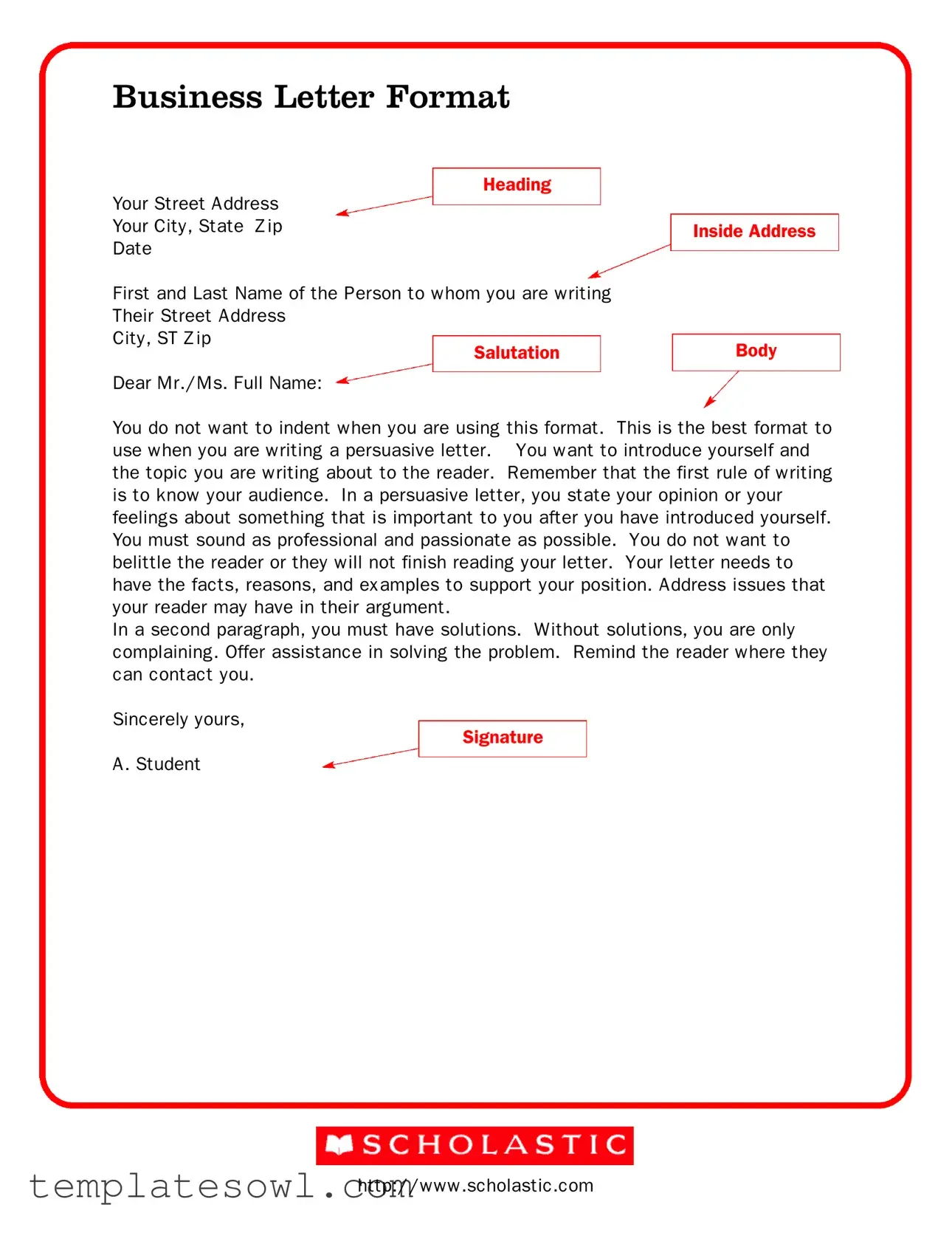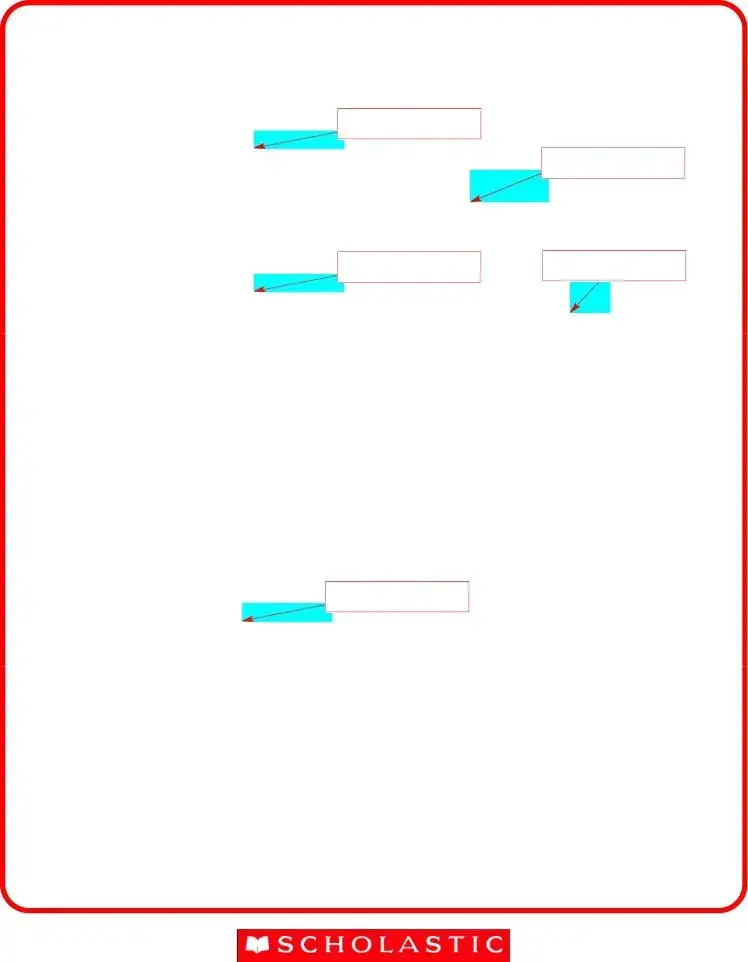What is the purpose of a business letter?
A business letter serves as a formal means of communication. It is used to convey information, make requests, provide updates, or address concerns in a professional manner. The letter format ensures clarity and professionalism, helping to establish the credibility of the sender.
What should be included in the heading of a business letter?
The heading should include your street address, city, state, and zip code. Following this, you need to include the date. This section provides context by identifying who is sending the letter and when it was sent.
How do I address the recipient in a business letter?
Start with the salutation. Use "Dear" followed by the title and last name of the person you are writing to, such as "Mr." or "Ms." This shows respect and maintains a professional tone. Avoid informal greetings to uphold formality in your business communication.
Is there a specific format for the body of the letter?
Yes, the body of the letter should be clear and concise. Avoid indenting the paragraphs. Begin with an introduction that states your purpose, followed by your opinion or feelings on the matter. Use factual information to support your position, ensuring it is relevant to your audience.
What are some key elements to include in the body of the letter?
In the body, include your main points, supporting facts, and examples. Address potential concerns the reader might have. It’s also important to provide solutions to any issues raised. This way, your letter is not just a complaint but offers constructive suggestions.
How should I conclude a business letter?
Conclude with a polite closing statement, such as "Sincerely yours," followed by your signature. Then, include your printed name beneath the signature. If necessary, you can also provide your contact information to encourage further communication.
Why is understanding the audience important in writing a business letter?
Knowing your audience helps tailor your message effectively. It guides the tone, language, and information included. A well-informed approach can enhance the likelihood of achieving your intended purpose, whether it be persuasion, request, or information sharing.
Should I include any additional resources or references in my business letter?
While not always necessary, including references or additional resources can strengthen your argument. If you mention a specific website or document, like http://www.scholastic.com, ensure it is relevant and contributes to your letter's objectives.
How important is the professionalism of a business letter?
Professionalism is crucial in a business letter. A well-formatted, thoughtful letter conveys respect for the recipient and increases the chances of a positive response. It reflects your seriousness about the subject matter and your commitment to effective communication.

